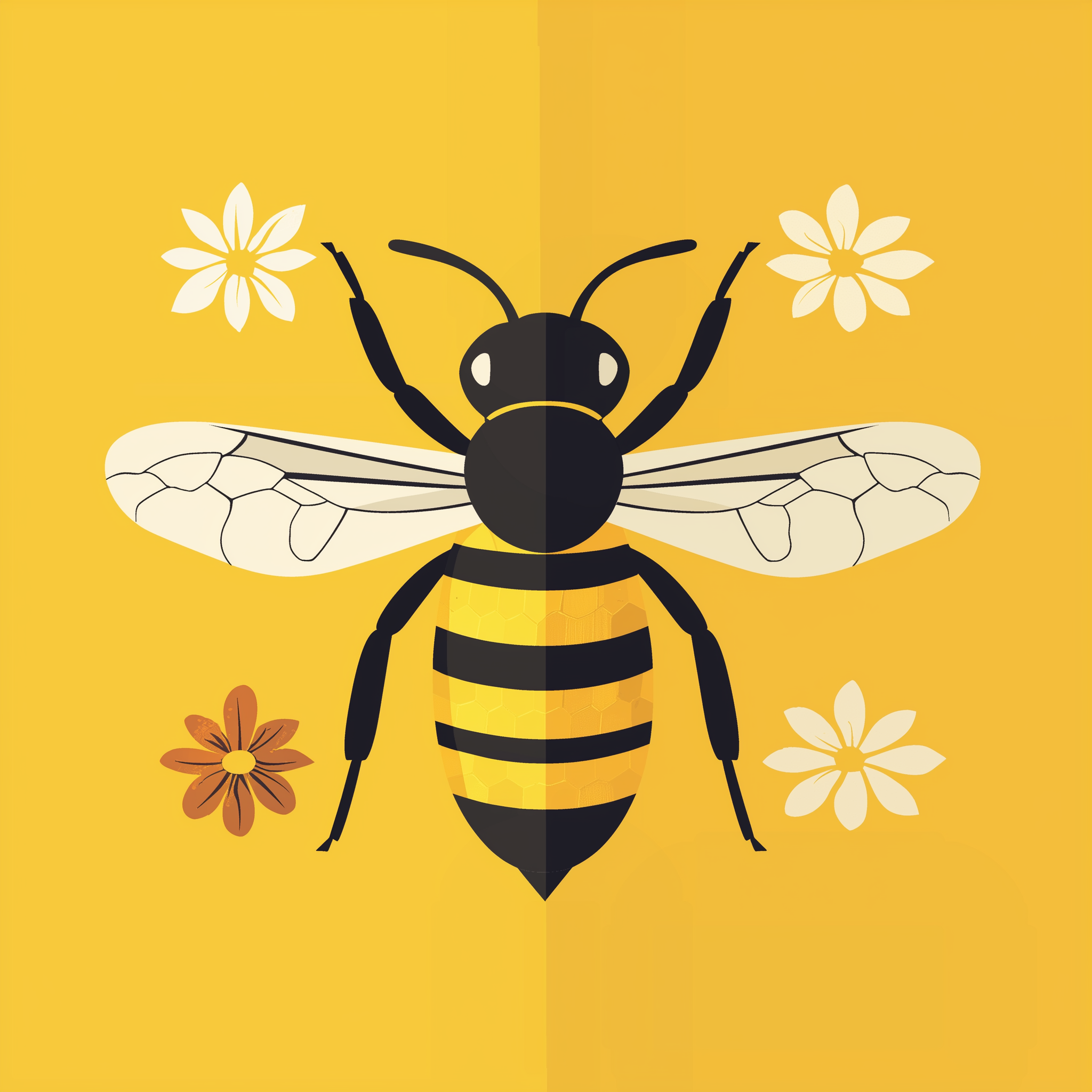IF YOU HAVE A SWARM.....DO NOT SPRAY IT!!!...CALL ONE OF US
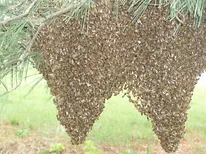
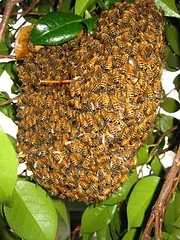
ARE THEY HONEYBEES?
Typically, swarms occur in May in this area. The swarm is the honeybee colony reproducing itself. An undetermined percentage of the bees and the old queen leave to swarm. A good swarm will be about 5,000-20,000 bees. If the air is filled with a cloud of flying bees, it is a swarm. A swarm will usually settle on a tree branch or bush, lost bees will join it. It builds up to about a soccer ball shaped and sized mass, depending on honeybee numbers and surrounding geometry. It is waiting, sending out bees to "scout out" a permanent home.
IF YOU HAVE A SWARM
If you have a SWARM, (large mass of honeybees) hanging from a tree, bush or side of a building, in your yard or on your property please refer to our swarm list below. We have experienced beekeepers you can call to remove the swarm. Swarms are normally very docile and are simply looking for a new open cavity to colonize. You should call a beekeeper as soon as possible. This way we can remove them before they "scout out" a permanent location in someone's house, garage, etc.
Please call us BEFORE spraying honeybees with anything, even a garden hose. Doing this could destroy the queen and make swarm removal more difficult. Swarms without queens are of little value to the beekeeper and nearly always perish.
DON'T BE FOOLED
Don't be fooled by ground nesting hornets or miner bees commonly known as yellow jackets. These are not honeybees! They commonly attend outdoor functions like picnics for food and a source of sugars. They also build nests inside man-made structures. They can be removed by some beekeepers, or unlike honeybees can be sprayed by an exterminator.
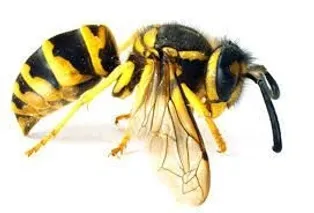
BEES IN WALLS AND FLOORS
If you have an established colony of honeybees in your house or some other structure, there are a few beekeepers who can remove them. The job is not easy. Structural building material is removed during the process. When calling someone on our list, please be sure to give them as much detail as possible about the location of the colony in the house or structure. If you have sprayed the honeybees with insect killer prior to calling a beekeeper, don't be surprised by the beekeepers reluctance to help. Beekeepers do not want poisoned honeybees. You should also be sure you have honeybees, and not yellow jackets. Many people get these two VERY different insects mixed up. See below for pictures. Some people manage to live happily with honeybees in their walls for years.
BEES IN HOLLOW TREES
If you have an established colony of Honeybees in the hollow of a tree, consider yourself fortunate. Feral Honeybee colonies inhabited many hollow trees prior to the mass Honeybee losses in the 1980s . Their recent re-inhabitation of these locations seems to throw a panic into the public. Left undisturbed they normally pose no threat. They are beneficial in the pollination of the plants wildlife depends on. Many people manage to live happily with honeybees in hollow trees near their house for years. Removal of Honeybees from the hollow of trees without the removal of the tree is a difficult long process. This trapping process can provoke more defensive behavior from the colony being removed. If you have a tree that requires removal and is inhabited by bees, please call one of the beekeepers on the list below before starting the tree removal to talk about the possible options for relocation of the Honeybees.
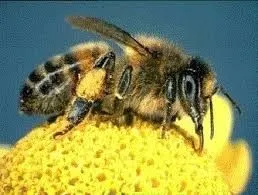
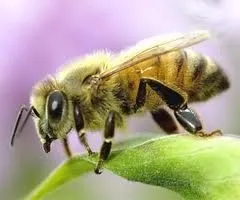
Honeybee
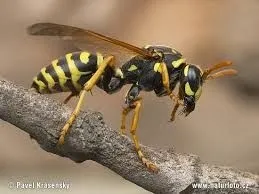
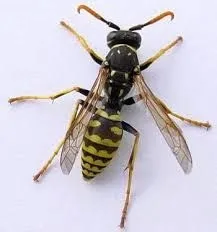
Eastern Yellow Jacket
BEES IN THE GROUND
We get many calls for "honeybees living in the ground". Honeybees never, ever live in the ground, they live mainly in trees, under your eaves, even in your walls or attic. Honeybees are fuzzy and actually more orange or gold in color, wasps are not fuzzy and yellow. These wasps can sting repeatedly, they will come out of the ground if you are mowing or walk over the hive, it takes very little to provoke them, and that is what makes them dangerous. A honeybee will almost never sting unless provoked or protecting the hive.
Call your local exterminator or Google "how to get rid of Yellow Jackets"
SWARM/HIVE HELP
Depending on the distance traveled and/or the complexity of the situation, there may be a charge to help you with your bee problem. Be sure to fully understand what is involved with the removal of bees including any charges. Ask questions.
SWOBA lists these people as a convenience for you. We do not endorse any person on the list or guarantee their performance.

